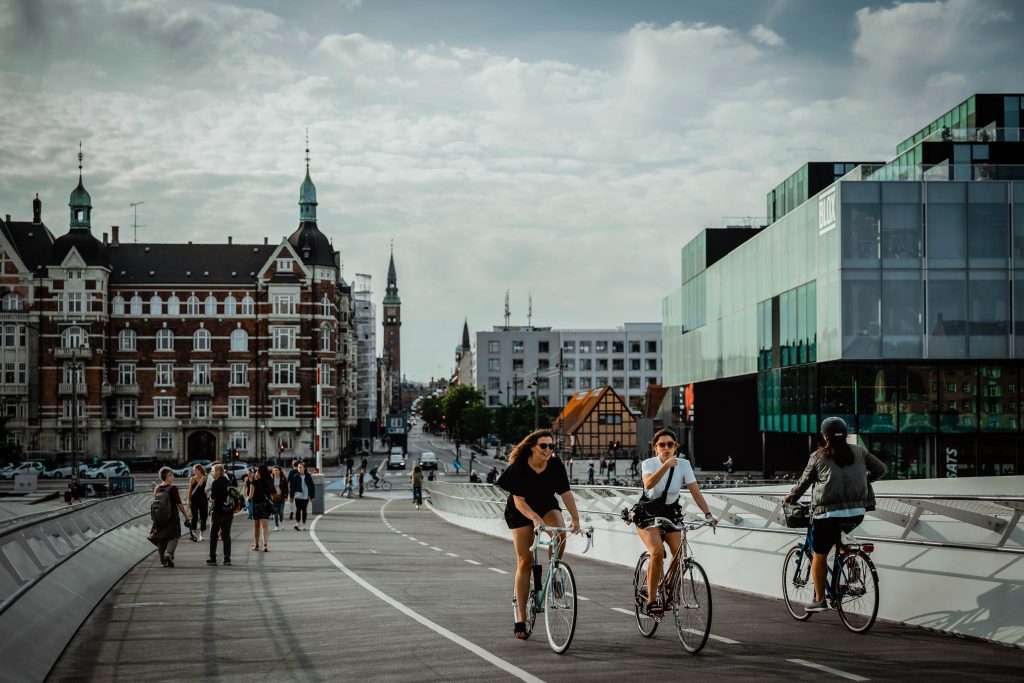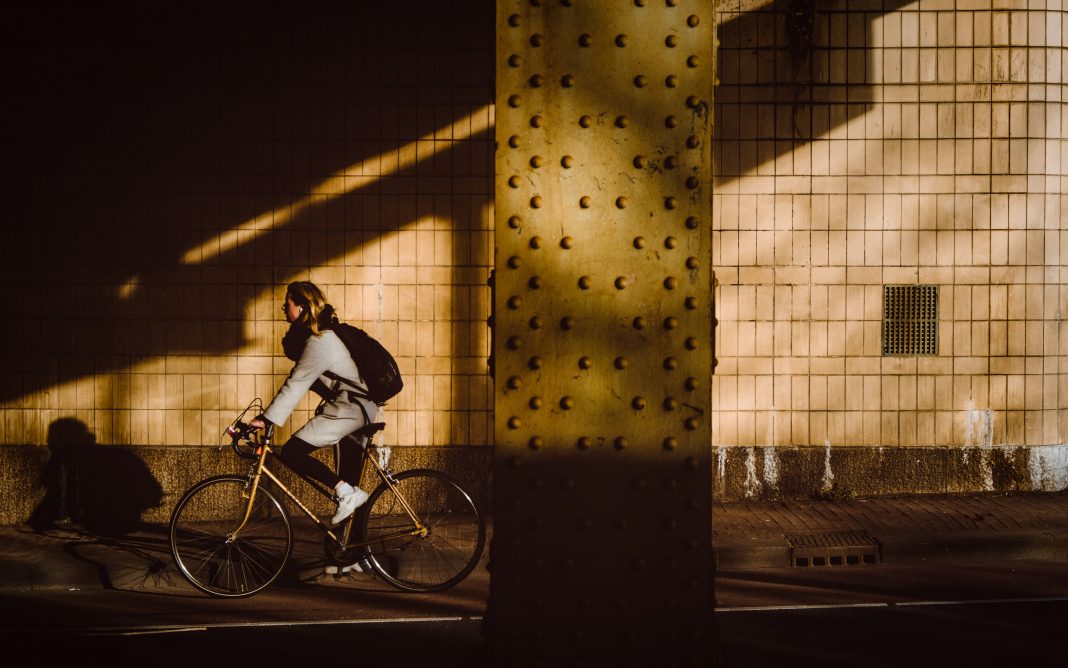Planning an initiative to encourage cycling in your city is certainly an admirable task, and in this era, one of great importance. However, there is more than meets the eye when starting on this adventure. Find out what is most important and the mistakes to avoid, straight from the project starters themselves.
We reached out to cycling project leaders whose initiatives have received EU funding in the past years. We were especially interested in the most important things to do when designing a policy to promote cycling and the biggest mistakes to avoid.
Our advisers on this topic were the very brains behind these EU funded initiatives: CARMA, TRENDY TRAVEL, BSC, BORDERLESS CYCLING, ON YOUR BIKE and PRO BYKE, whose main aims ranged from improving marketing and awareness of cycling to increasing cycling in urban traffic, and all the way to securing political commitments for cycling.
If you would like to know more about these projects and other similar ones, visit our article EU Cycling Projects: What’s out there.
Now that we’ve done the proper introduction, let’s jump right into it:
What to Focus on When Promoting Cycling
1. Consider the People
First thing first, it’s important to take into account not just the transportation methods, but the people who use them. It is important to plan with goals and do so from a user’s perspective. What would work for the daily commuters on bikes? Which roads would they take?
Involve cycling in planning from the very beginning. For example, when you are building a new school, library, theatre, sports venue or shop, make sure there is a plan for how cyclists can arrive and where they can leave their bikes. A good idea would be to paint a picture in residents’ minds, so they get a better understanding of how cycling would function and improve their lifestyle. Use convincing examples.
2. Safety and Accessibility of Cycle Infrastructure
We have bad news: trying to increase cycling when there is no safe cycle route is a bad idea. It won’t work. Safety and accessibility should always be the main goal. Consider not only experienced bikers but weaker and inexperienced ones as well. Make the cycle route wide enough to avoid unnecessary injuries and unpleasantries.
And if the residents can reach everything they need faster with a bike than with a car, they are more likely to choose the bike. Good communication between the residents and the officials plays a big role in implementing successful cycle infrastructure.
3. Bikes Bring People Together
Raising cycle culture is not beneficial solely to cyclists but to all road users and for the overall living quality. Consider that a bike is more than just a method of transportation. Bikes make people visible, they enable communication and interaction among the residents and consequently bring the human dimension back into the streets.
Karl Reiter (TRENDY TRAVEL) points out:
“The bicycle is an essential element for a good city feeling and image.”
Cycling is undoubtedly a great source of the community’s wellbeing, as it provides freedom, autonomy, joy and fitness. However, bikes will only be accepted as a legitimate transportation method when the cities make cyclists feel like they are wanted through a safe and accessible cycle infrastructure.

4. Raise Funds
Creating new infrastructure is unfortunately not free – it is an investment. Raise funds, apply for EU funding projects, involve stakeholders. Don’t underestimate the project and the investment it would need.
Another great way to raise funding is through politicians. Read this article on how to get politicians to invest in cycling, and this one on how to get stakeholders involved.
Mistakes to Avoid
1. Prioritizing Cars Over Bikes
A lot of cities dedicate most of the road space to cars. If you wish to promote cycling, you will have to take some of that space away from them and dedicate it to bikes. Don’t be afraid to point out the privileges motorized vehicles have in relation to public space use, as cycling can be well promoted only when the privileges of cars are reduced simultaneously. Accept that the promotion of cycling will sometimes be on behalf of driving. This isn’t necessarily a bad thing by itself, as this will show that using the car is often just an acquired habit and not something necessary.
Jonas Wamsler (ON YOUR BIKE) says:
“When city infrastructure is designed for cars, cyclist often feel like they are in the way and are interrupting the “natural” flow of traffic.”
2. Lack of Coherent Cycle Infrastructure
If there are many missing links and obstacles on the cycle route, chances are not many will decide to take that route. Another thing to keep in mind is that routes don’t have to be scenic. Yes, we all like riding next to parks and beaches and sunsets, but most of the time, everyday commuters just want to get from point A to point B as fast and direct as possible – even if missing out on a perfectly nice park. Bike commuter will only accept a very little delay before they choose another way. Try to find the perfect middle-ground between safe, scenic and short distance.
3. Assuming Everyone Will Be on Board
Before you start on this adventure, understand you will be met with opposition when it comes to rules and regulations from the culture that does not understand this interest in cycling and the need for cycling. Not everyone will approve of your idea, as changes are seen as something ‘scary’ most of the time. Don’t worry though, we have got you covered: this article is your how-to-guide on persuading people to embrace cycling.
4. Forgetting About the Fun Part of Cycling
Yes, above all, cycling is a transportation method for most people, and as such, it is vital to follow traffic rules appropriately, but it certainly doesn’t have to be a serious and mundane task. Don’t forget to talk about the fun side of cycling: the enjoyment of your daily commute to work, the freedom you get from cycling and the feeling of proudness you get from knowing that you are nurturing your body and boosting your immune system – even in winter.
In a Nutshell…
The biggest part of doing something is, as it happens, doing it. Dos and don’ts stated above definitely provide good arguments for the possibility of creating a safe, accessible, enjoyable, integrated cycling infrastructure, which will undoubtedly help to convince residents to switch their car for a bike when it comes to their everyday commute. But it’s important to acknowledge these elements aren’t mutually exclusive. To establish a proper, successful cycle culture, we need to consider not only the needs of bikes but other road users as well. This is where good communication plays a huge part: talk to your community, work together with your residents and the city officials. After all, we are all just trying to improve the city we care so much about.
Reminder: it’s easy to get lost in work, especially when implementing great changes; remember to celebrate all success, even the small ones. Rome wasn’t built in a day, either.


